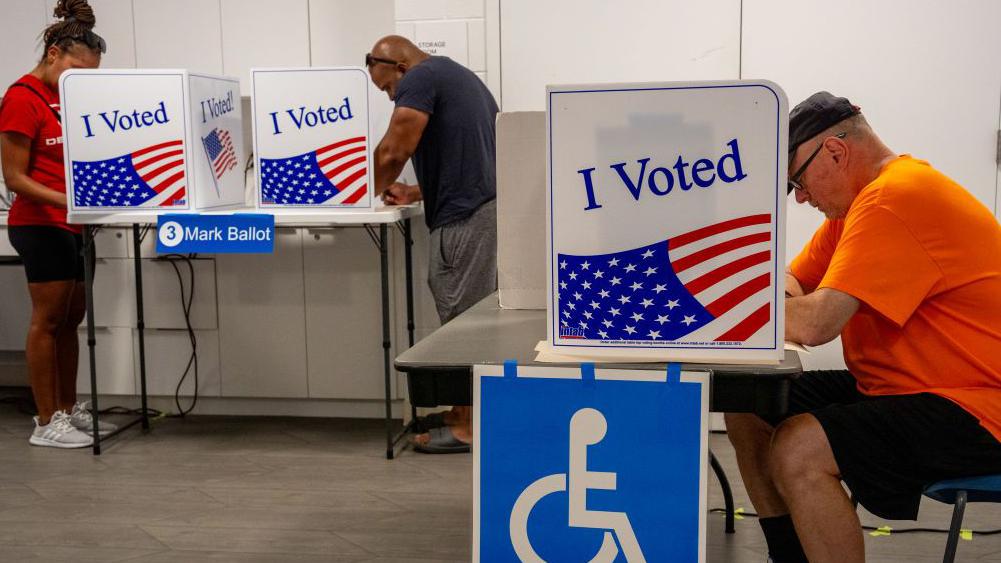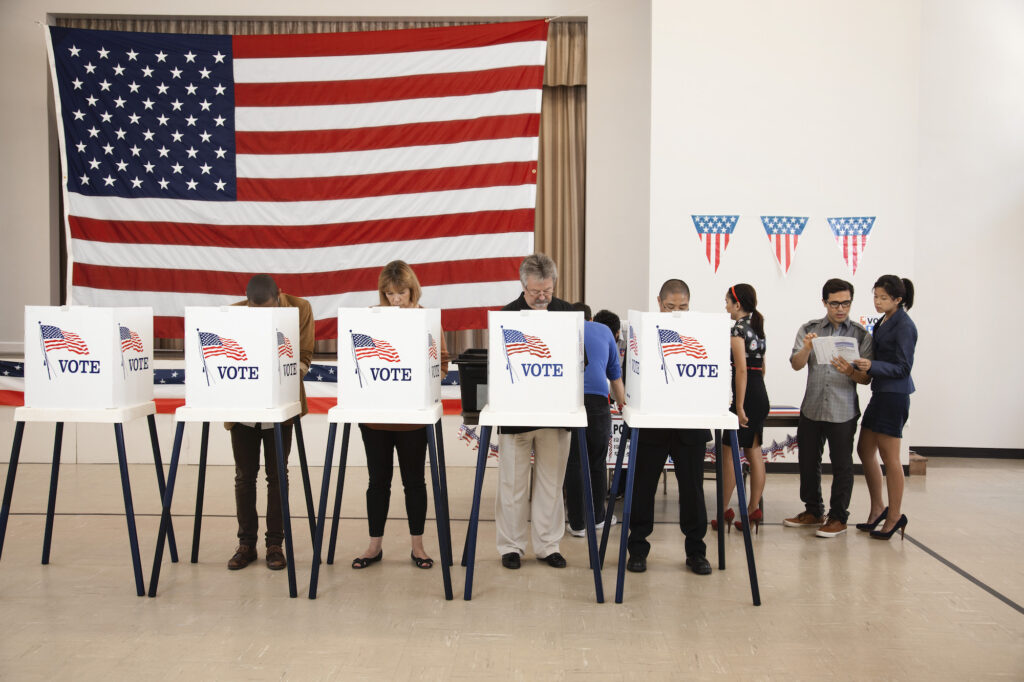Voting in the United States can sometimes feel like navigating a maze, especially during presidential elections. But don’t worry! This guide will break down everything you need to know about how to vote in the upcoming 2024 presidential polls. Whether you’re a first-time voter or just need a refresher, we’ve got you covered.

Understanding the Importance of Voting
Before we dive into the nuts and bolts of how to vote, let’s take a moment to appreciate why voting is so crucial. Think of voting like a vote for your favorite ice cream flavor—every scoop counts! Your vote influences policies that affect your life, community, and future. So, what’s your flavor?
Who Can Vote?
1: Eligibility Criteria
To vote in the U.S. presidential elections, you must meet certain criteria:
- Age: You need to be at least 18 years old on or before election day.
- Citizenship: You must be a U.S. citizen.
- Residency: You should reside in the state where you plan to vote.
- Registration: You must be registered to vote in your state.
2: Special Considerations
Some states have specific rules regarding felons or individuals with mental health issues. Be sure to check your state’s regulations to see if you are eligible to vote.
Registering to Vote
1: How to Register
Now that you know you can vote, let’s tackle the registration process. Most states require you to register at least a few weeks before election day. Here’s how to do it:
1: Online Registration
Many states offer online voter registration. It’s as easy as pie! Just visit your state’s election office website, fill out the required information, and hit submit.
2: Mail Registration
If you prefer a more traditional approach, you can register by mail. Download the National Mail Voter Registration Form, fill it out, and send it to your state’s election office. Just remember to send it in well before the deadline!
3: In-Person Registration
Want to meet someone face-to-face? You can register in person at designated locations such as the DMV or local election offices. This option is perfect if you have questions or need assistance.
2: Deadlines to Keep in Mind
Make sure to mark your calendar! Each state has different registration deadlines. Check your state’s election website to ensure you register on time.

Learning About the Candidates
1: Get Informed
Once you’re registered, it’s time to get familiar with the candidates and their positions. This is where it gets exciting! You’ll want to know who aligns with your values and vision for the future.
1: Research the Candidates
- Official Websites: Check out each candidate’s official website for their platforms and policies.
- Debates: Tune in to the presidential debates. They’re like the Super Bowl for politics—everyone’s watching!
- News Outlets: Read up on reputable news sources to get a balanced view of the candidates’ positions.
Deciding How to Vote
1: Voting Methods Explained
In the U.S., you have several options for casting your vote, and it’s important to know your choices:
1: In-Person Voting
Election Day Voting: The classic method. Head to your polling place on election day and cast your ballot. Just remember to bring an acceptable form of identification if your state requires it!
2: Early Voting
Many states offer early voting, allowing you to vote in person before election day. It’s like getting a head start on a race! Check your state’s early voting schedule for dates and locations.
3: Absentee Voting
If you’re unable to vote in person, absentee voting (also known as mail-in voting) is your best bet. Here’s how it works:
- Request Your Ballot: Go to your state’s election office website and request an absentee ballot. Make sure to do this well in advance!
- Complete Your Ballot: Fill out your ballot carefully.
- Return Your Ballot: Mail it back or drop it off at designated locations. Just be sure it’s submitted by your state’s deadline.
What to Expect on Election Day
1: Preparing for the Big Day
Election day can be both exciting and nerve-wracking! Here are some tips to make it a breeze:
1: Know Your Polling Place
Before election day, find out where your polling place is located. It’s like knowing the route to your favorite restaurant!
2: Review Your Ballot
Take some time to review your ballot before you go to vote. Knowing what you’re voting on will help you feel more confident.
3: Bring the Necessary ID
Some states require you to present identification. Check your state’s ID requirements to ensure you have the right documents.
Navigating the Voting Process
1: At the Polls
Once you arrive at your polling place, here’s what you can expect:
1: Check-In
You’ll need to check in, usually by providing your name and possibly your ID. This process is like getting a ticket to a concert—just a little formality before the main event!
2: Casting Your Vote
Follow the instructions for casting your vote. Whether you’re using a paper ballot or a voting machine, take your time to ensure you make your choices correctly.
1: What to Do If You Encounter Issues
If you face any challenges while voting, don’t hesitate to ask poll workers for help. They’re there to assist you! And remember, you have the right to vote without intimidation or disruption.

After Voting: What Comes Next?
1: Confirming Your Vote
After casting your vote, it’s a good idea to confirm that it was counted. Here’s how:
1: Tracking Your Ballot
Many states provide ballot tracking services. You can use these tools to check the status of your vote, ensuring it was received and counted.
Conclusion
Voting in the U.S. presidential elections is not just a right; it’s a privilege and an opportunity to make your voice heard. By understanding how to register, the voting methods available, and what to expect on election day, you’ll be well-prepared to cast your ballot in the 2024 elections. Remember, every vote matters, and your participation is crucial for shaping the future.
FAQs
1. What is the deadline to register to vote in the 2024 presidential elections?
Deadlines vary by state, but most states require you to register 15 to 30 days before election day.
2. Can I vote if I’m not registered?
No, you must be registered to vote. Make sure to register well before the deadline!
3. What should I do if I encounter problems at the polls?
Ask a poll worker for assistance. If you face serious issues, contact a voter protection hotline.
4. Is it safe to vote by mail?
Yes, voting by mail is generally safe. Just be sure to follow all instructions and return your ballot by the deadline.
5. How can I find out about the candidates on my ballot?
Research candidates through their official websites, debates, and reliable news sources to make informed decisions.
Now that you’re equipped with all this knowledge, get ready to make your voice heard in the upcoming election! Happy voting!